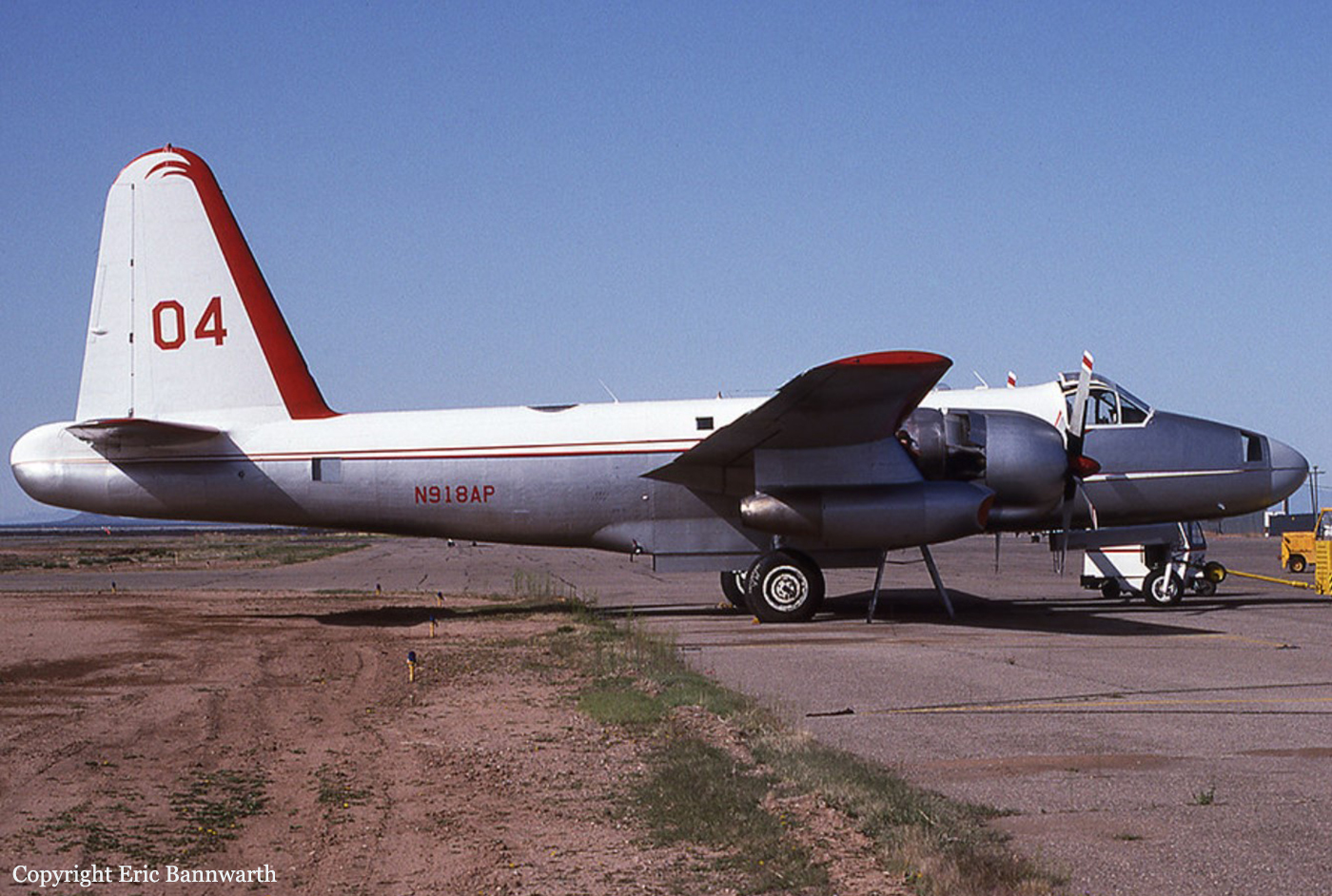Country
Crash of a Lockheed P2V-7 near Stockton: 3 killed
Date & Time:
Apr 25, 2009 at 1004 LT
Registration:
N442NA
Survivors:
No
Schedule:
Missoula - Alamogordo
MSN:
726-7286
YOM:
1958
Flight number:
Tanker 42
Crew on board:
3
Crew fatalities:
Pax on board:
0
Pax fatalities:
Other fatalities:
Total fatalities:
3
Captain / Total hours on type:
916.00
Copilot / Total hours on type:
350
Aircraft flight hours:
3554
Circumstances:
The multi-engine fire bomber, which was not carrying retardant, was established at its cruise altitude while en route to a fire base where it would be used as part of the effort to fight a local fire. While en route, the flight crew encountered a forecast area of instrument meteorological conditions, whereupon they began a series of descents to lower altitudes in order to stay in visual flight rules (VFR) conditions beneath the clouds. During the last few minutes of their flight, the flight crew had descended to an altitude that was less than 1,300 feet above ground level (agl) over nearly level terrain. As they approached rapidly rising terrain at the end of the broad open valley they had been flying over, they inadvertently entered instrument meteorological conditions (IMC). Soon thereafter, while still in a nearly wings-level attitude, the airplane impacted a ridge about 240 feet below its top. The First Officer, who was flying at the time, had asked the Captain about ten minutes prior to the impact if their altitude was high enough to clear the upcoming terrain, but the Captain did not respond, and the First Officer did not challenge the Captain about the issue. Witnesses in the area reported low clouds with ceilings about 200 feet above ground level with a visibility of one-quarter mile or less, with rain and fog. One of the witnesses reported momentarily viewing the airplane flying "very low," while the others reported only being able to hear the airplane.
Probable cause:
The flight crew's failure to maintain terrain clearance during low altitude flight in low ceiling and visibility conditions. Contributing to the accident was the flight crew's failure to adequately monitor their location with respect to the rising terrain environment ahead, and, their lack of crew resource management communication as a crew.
Final Report:
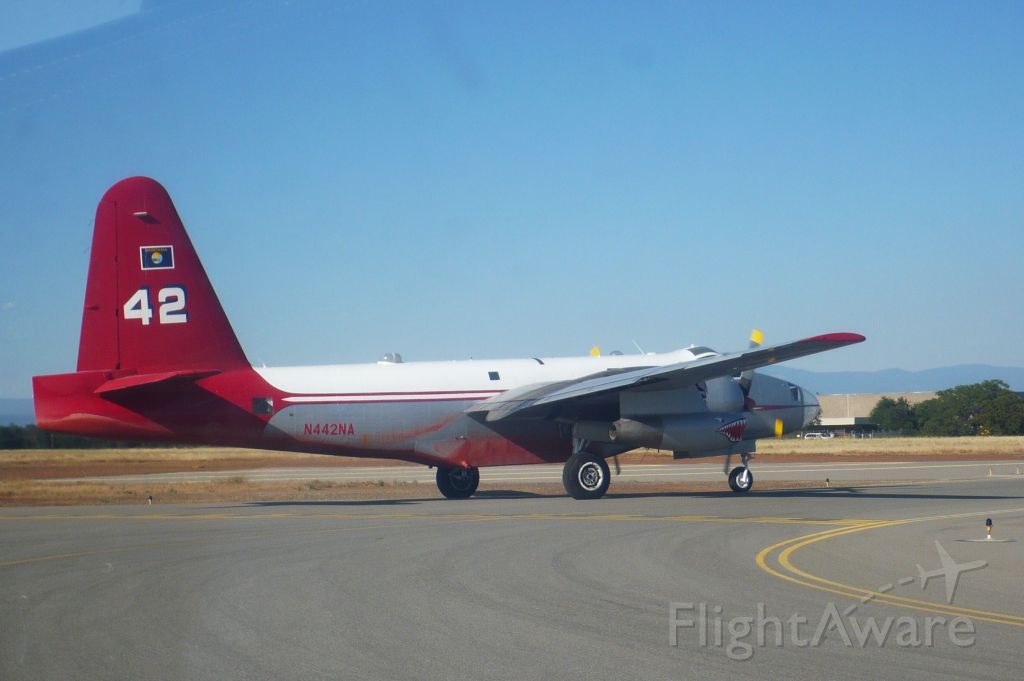
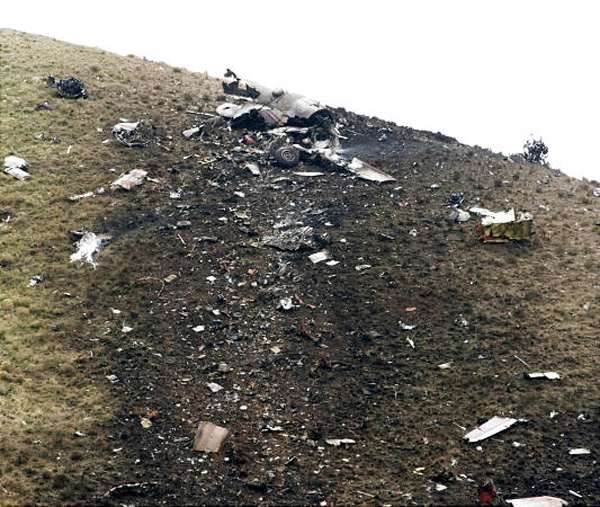
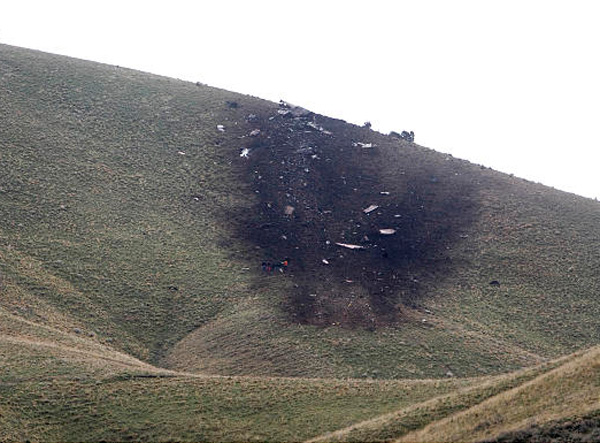
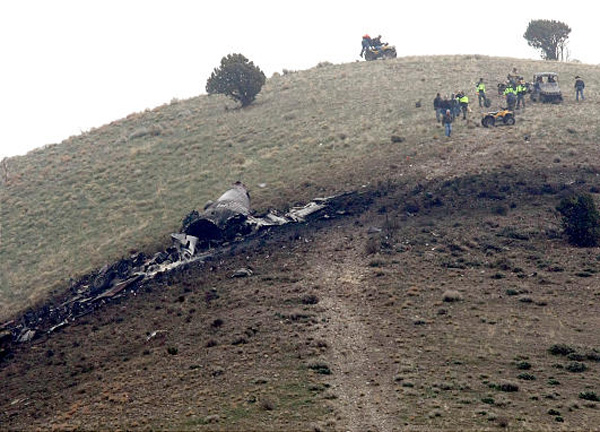
Crash of a Lockheed P2V-7 Neptune in Reno: 3 killed
Date & Time:
Sep 1, 2008 at 1810 LT
Registration:
N4235T
Survivors:
No
Schedule:
Reno - Reno
MSN:
726-7285
YOM:
1958
Flight number:
Tanker 09
Crew on board:
3
Crew fatalities:
Pax on board:
0
Pax fatalities:
Other fatalities:
Total fatalities:
3
Aircraft flight hours:
10217
Circumstances:
Just after the airplane's landing gear was retracted during takeoff for a retardant drop mission, a ball of fire was observed coming out of the left jet engine before the airplane rolled steeply to the left and descended into the terrain. Prior to takeoff, the captain said he would make the takeoff and provided a takeoff briefing concerning the runway to be used and his intentions should an emergency develop. Shortly thereafter, the captain informed the co-pilot that this would actually be his (the co-pilot's) takeoff. On the cockpit voice recorder, the co-pilot stated "Same briefing (sound of laughter)". The co-pilot did not give an additional takeoff briefing beyond the one given by the captain and the captain did not ask the co-pilot to give one. During the initial climb, the captain said he detected a fire on the left side of the airplane and the copilot responded that he was holding full right aileron. At no point did either pilot call for the jettisoning of the retardant load as required by company standard operating procedures, or verbally enunciate the jet engine fire emergency checklist. Recorded data showed that the airplane's airspeed then decayed below the minimum air control speed, which resulted in an increased roll rate to the left and impact with terrain. The 11th stage compressor disc of the left jet engine failed in fatigue, which caused a catastrophic failure of the compressor section and the initiation of the engine fire. Metallurgical examination of the fracture identified several origin points at scratches in the surface finish of the disk. The scratches were too small to have been observed with the approved inspection procedures used by the company. A review of the FAA sanctioned Approved Aircraft Inspection Program, revealed no shortcomings or anomalies in the performance or documentation of the program. A post-accident examination of the airframe and three remaining engines revealed no anomalies that would have precluded normal operations.
Probable cause:
The failure of the flight crew to maintain airspeed above in-flight minimum control speed (Vmca) after losing power in the left jet engine during initial climb after takeoff. Contributing to the accident was the crew's inadequate cockpit resource management procedures, the failure of the captain to assume command of the airplane during the emergency, the flight crew's failure to carry out the jet engine fire emergency procedure, and the failure of the crew to jettison the retardant load.
Final Report:
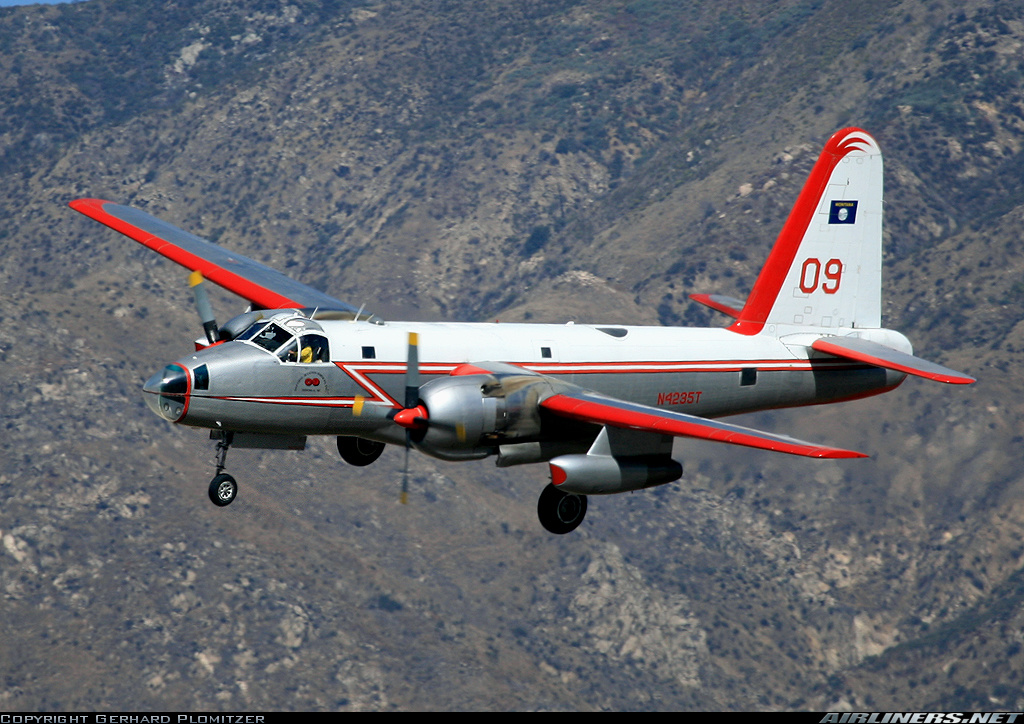
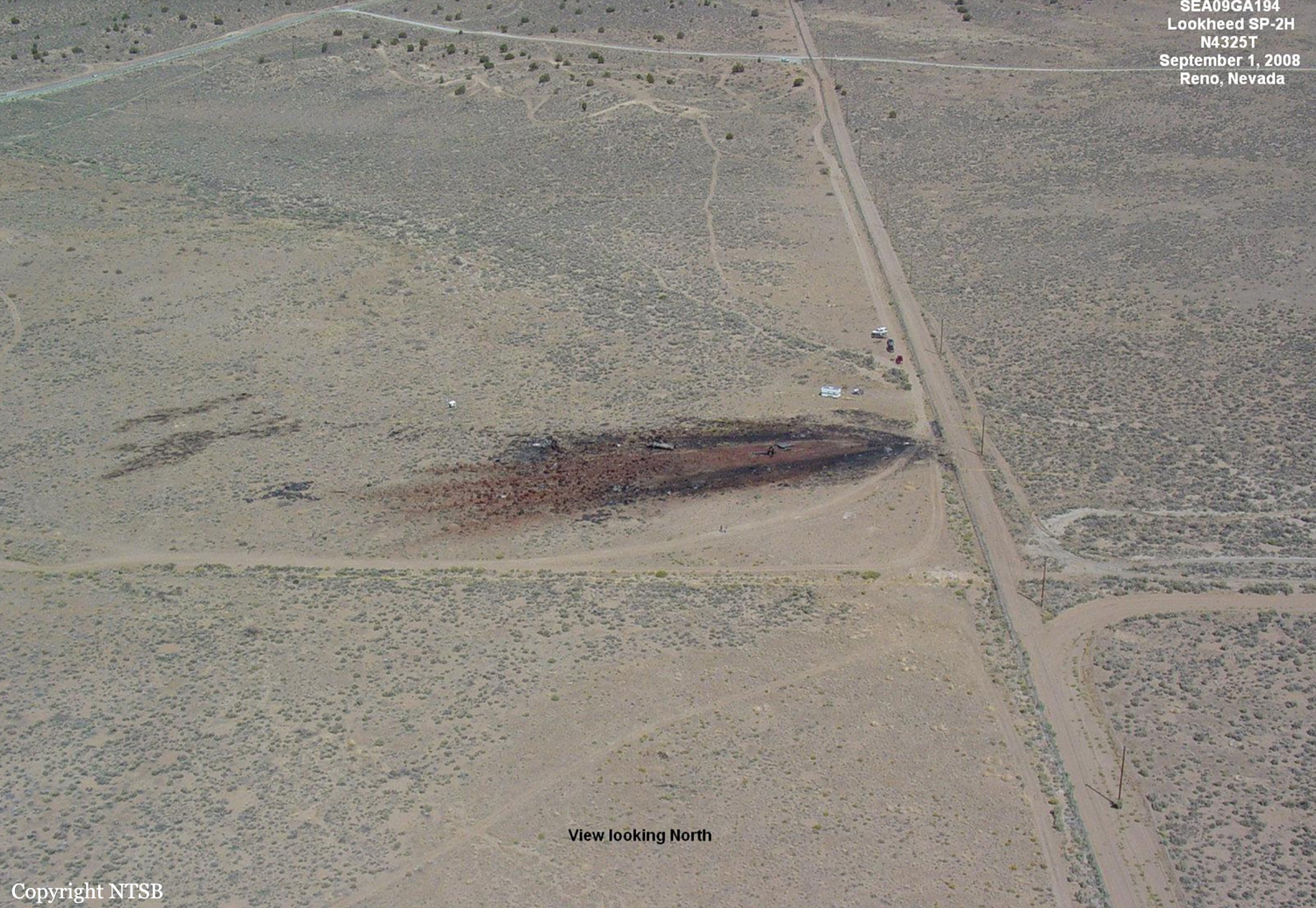
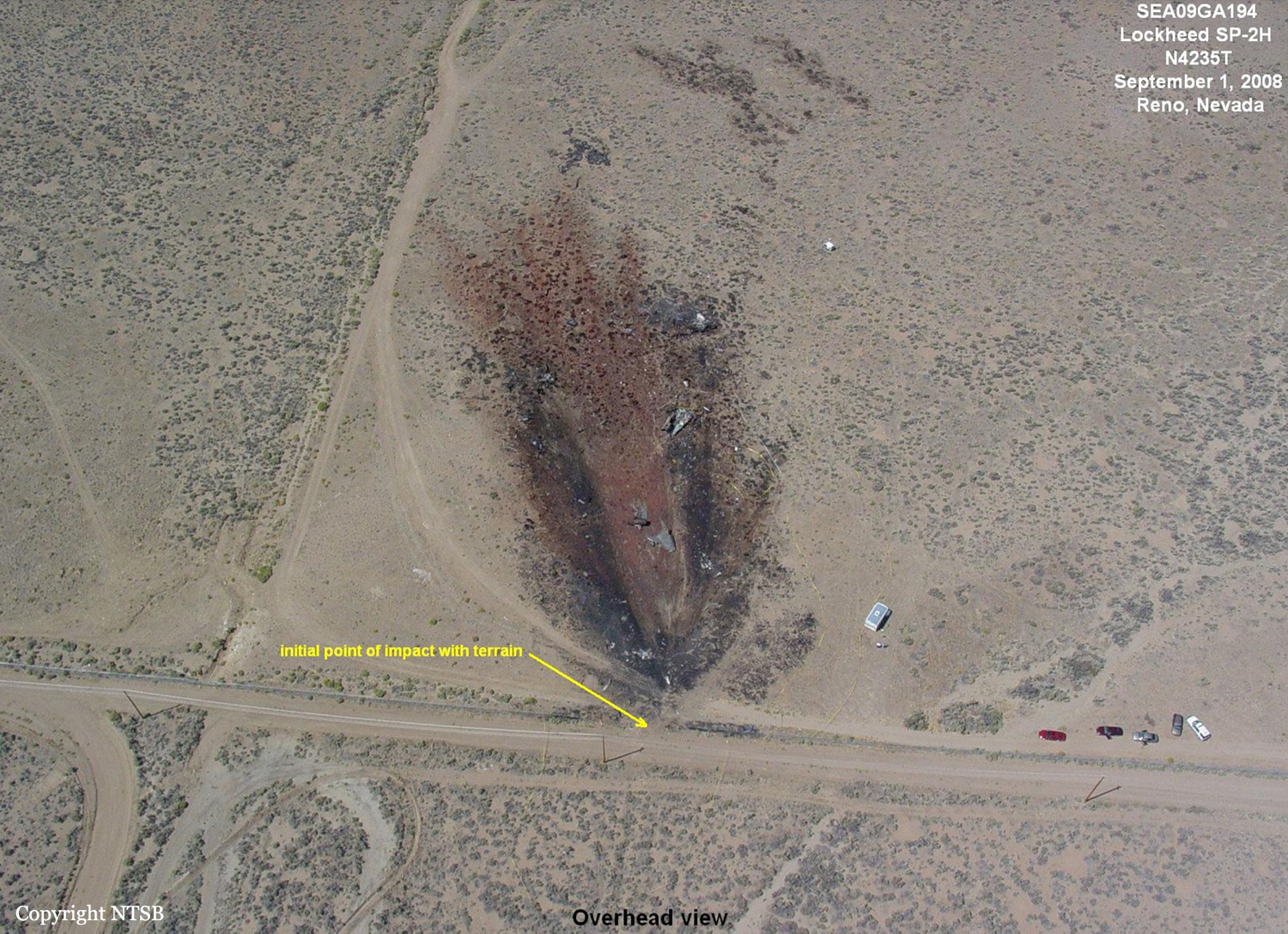
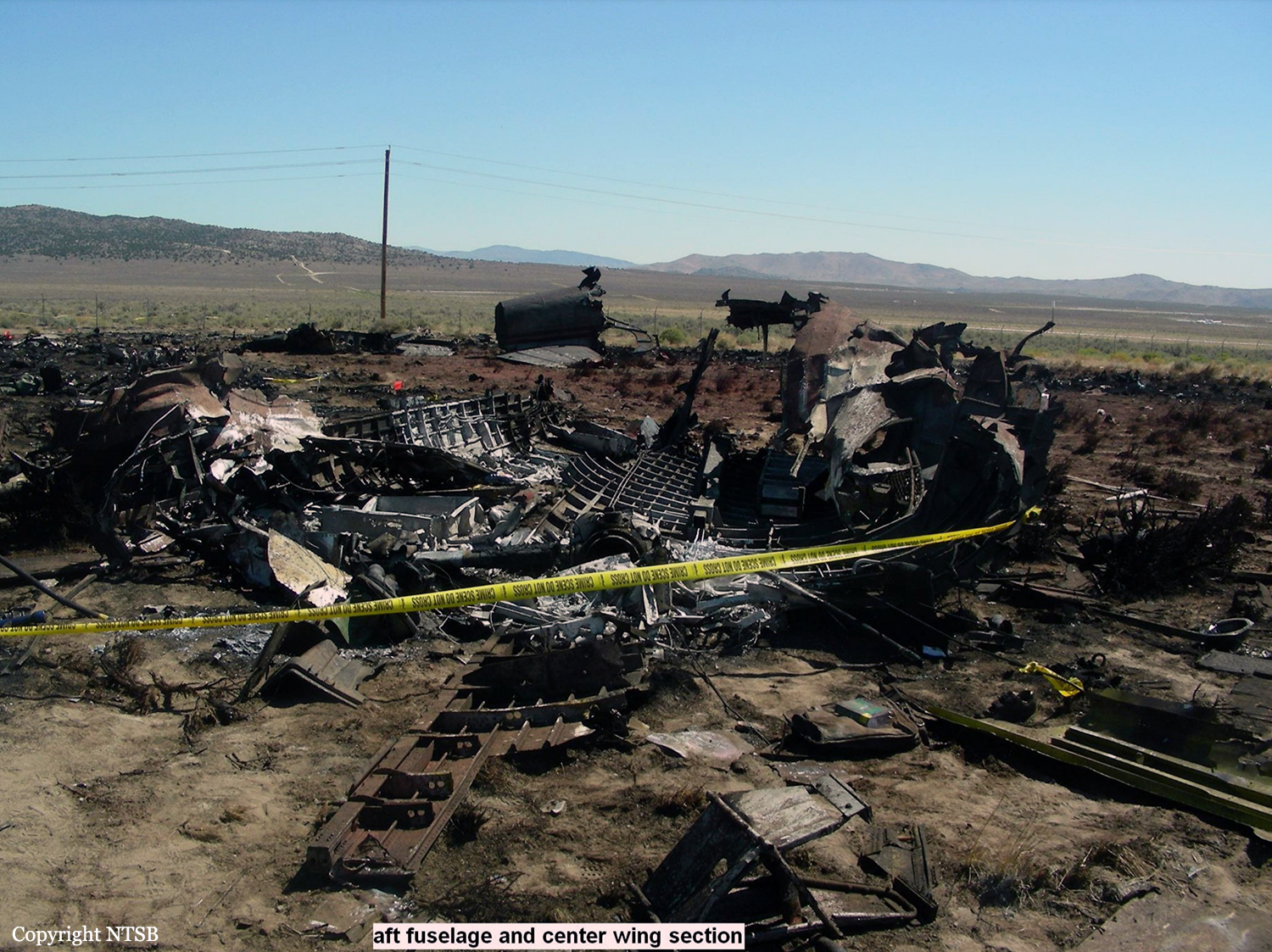
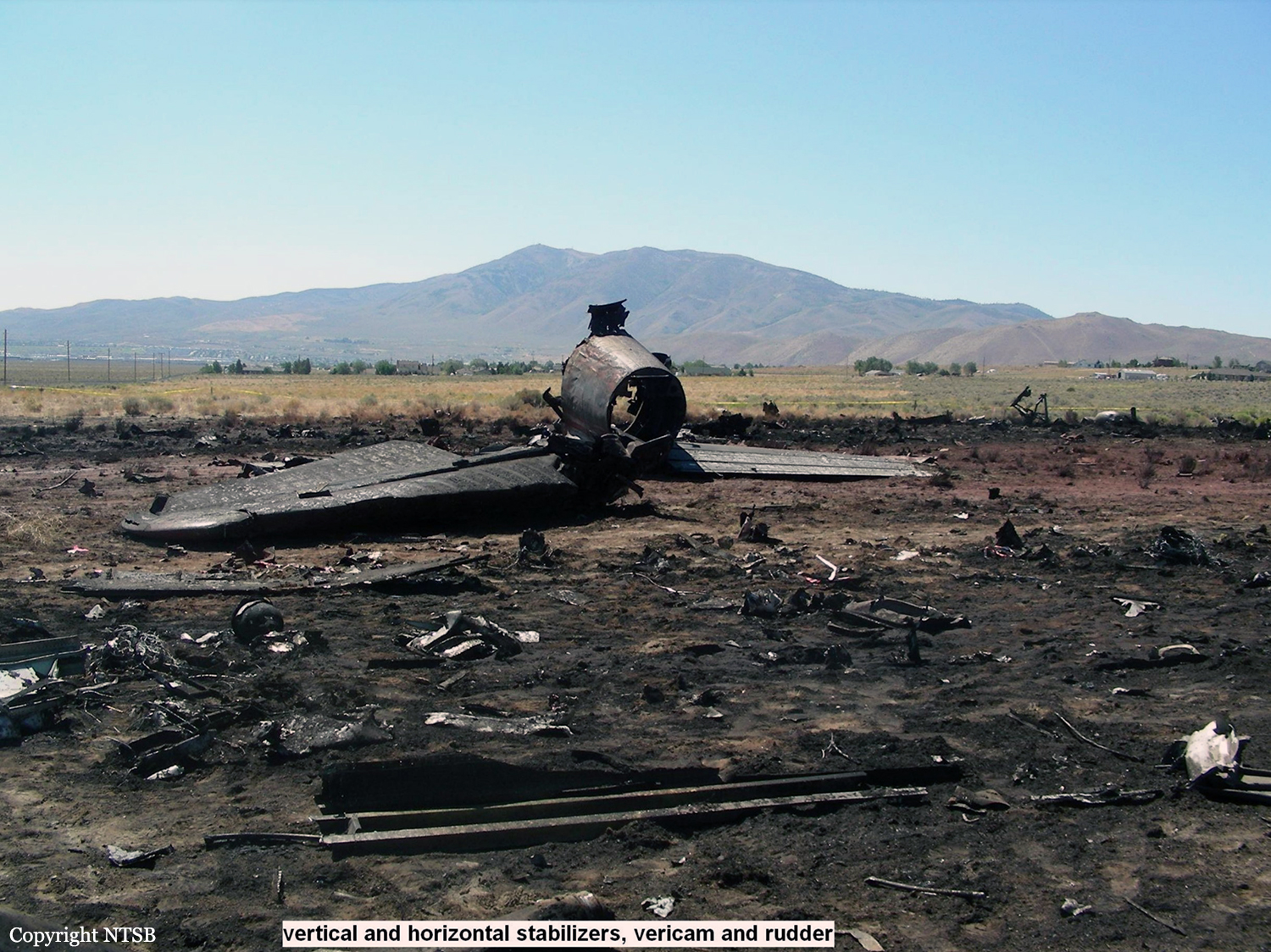
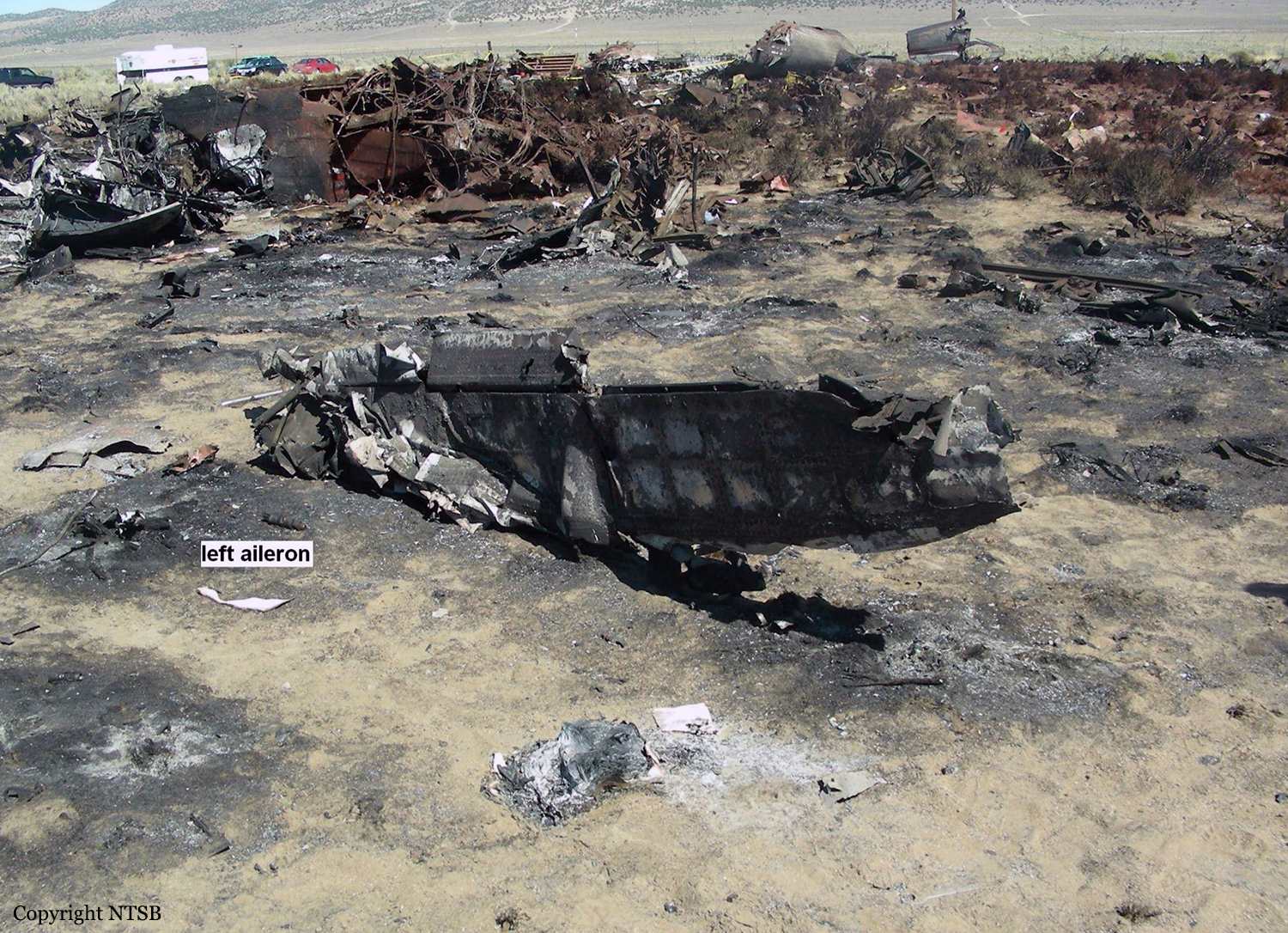
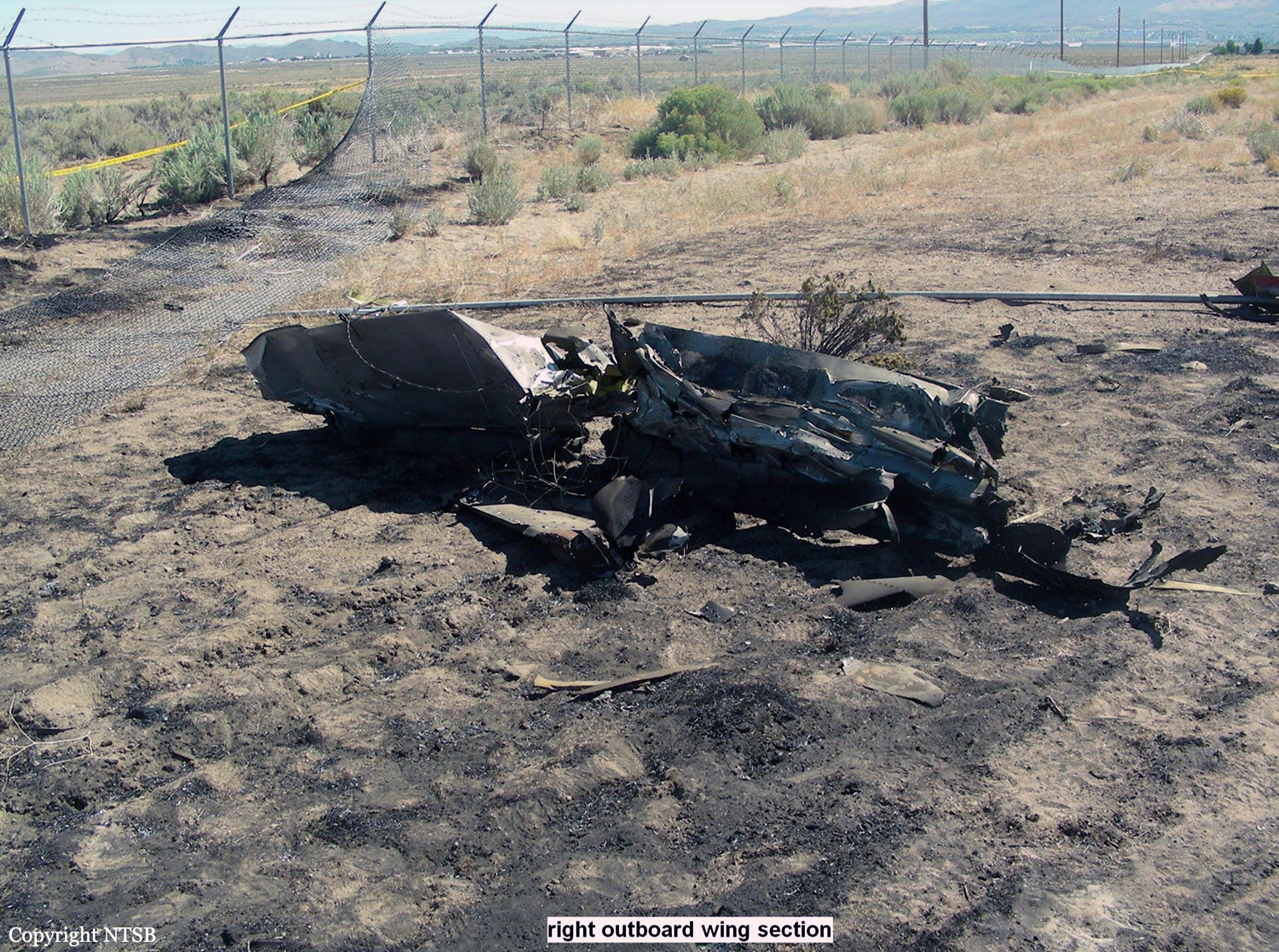
Crash of a Lockheed P2V-7 Neptune near San Bernardino: 2 killed
Date & Time:
Oct 3, 2003 at 1116 LT
Registration:
N299MA
Survivors:
No
Schedule:
Prescott – San Bernardino
MSN:
726-7211
YOM:
1958
Flight number:
Tanker 99
Crew on board:
2
Crew fatalities:
Pax on board:
0
Pax fatalities:
Other fatalities:
Total fatalities:
2
Captain / Total hours on type:
1853.00
Copilot / Total hours on type:
853
Circumstances:
The fire tanker airplane was on a cross-country positioning flight and collided with mountainous terrain while maneuvering in a canyon near the destination airport. Witnesses who held pilot certificates were on a mountain top at 7,900 feet and saw a cloud layer as far to the south as they could see. They used visual cues to estimate that the cloud tops were around 5,000 feet mean sea level (msl). They noted that the clouds did not extend all the way up into the mountain canyons; the clouds broke up near the head of some canyons. When they first saw the airplane, they assumed that it came from above the clouds. It was proceeding north up a canyon near the edge of clouds, which were breaking up. They were definitely looking down at the airplane the whole time. They saw the airplane make a 180-degree turn that was steeper than a standard rate turn. The wings leveled and the airplane went through one cloud, reappeared briefly, and then entered the cloud layer. It appeared to be descending when they last saw it. About 2 minutes later, they saw the top of the cloud layer bulge and turn a darker color. The bulge began to subside and they observed several smaller bulges appear. They notified local authorities that they thought a plane was down. Searchers discovered the wreckage at that location and reported that the wreckage and surrounding vegetation were on fire. The initial responders reported that the area was cloudy and the visibility was low. Examination of the ground scars and wreckage debris path disclosed that the airplane collided with the canyon walls in controlled flight on a westerly heading of 260 degrees at an elevation of 3,400 feet msl. The operator had an Automated Flight Following (AFF) system installed on the airplane. It recorded the airplane's location every 2 minutes using a GPS. The data indicated that the airplane departed Prescott and flew direct to the Twentynine Palms VORTAC (very high frequency omnidirectional radio range, tactical air navigation). The flight changed course slightly to 260 degrees, which took it to the northeast corner of the wilderness area where the accident occurred. At 1102:57, the data indicated that the airplane was at 11,135 feet msl at 204 knots. The airplane then made three left descending 360-degree turns. The third turn began at 6,010 feet msl. At 1116:57, the last recorded data point indicated that the airplane was at an altitude of 3,809 feet heading 256 degrees at a speed of 128 knots.
Probable cause:
The pilot's inadequate in-flight planning/decision and continued flight into instrument meteorological conditions that resulted in controlled flight into mountainous terrain.
Final Report:
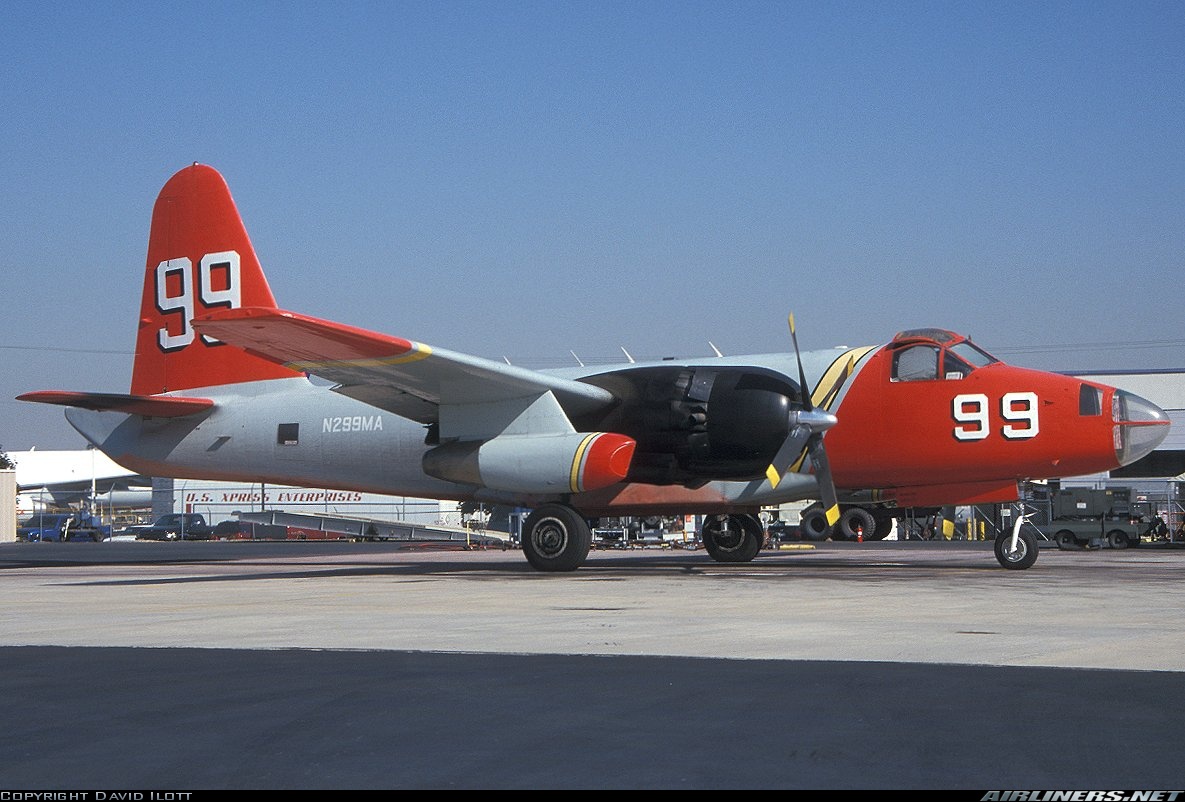
Crash of a Lockheed P2V-7-SP-2H Neptune in Reserve: 2 killed
Date & Time:
Jun 27, 1998 at 2024 LT
Registration:
N14835
Survivors:
No
Schedule:
Silver City - Silver City
MSN:
148358
YOM:
1961
Flight number:
Tanker 08
Crew on board:
2
Crew fatalities:
Pax on board:
0
Pax fatalities:
Other fatalities:
Total fatalities:
2
Captain / Total hours on type:
291.00
Aircraft flight hours:
7815
Circumstances:
The airplane had made a dry pass on the fire zone, then circled around to make a second pass and release its load of 2,450 gallons of retardant. According to witnesses, the airplane struck trees while in a nose low, right wing low attitude. Upon ground impact, the airplane exploded and burned. Investigation revealed no evidence of preimpact airframe, engine, propeller, or flight control failure/malfunction. The first officer, an initial attack trainee pilot, was in the left seat and the captain was in the right seat. Toxicology tests of the first officer indicated 0.031 ug/ml brompheniramine, 0.011 ug/ml chlorpheniramine in kidney fluid, and 0.142 brompheniramine, 0.072 chlorpheniramine in liver fluid. Both medications are over-the-counter antihistamines with sedative effects.
Probable cause:
Failure of the copilot to maintain both lateral and vertical clearance from the trees, and failure of the captain to provide adequate supervision of the flight.
Final Report:
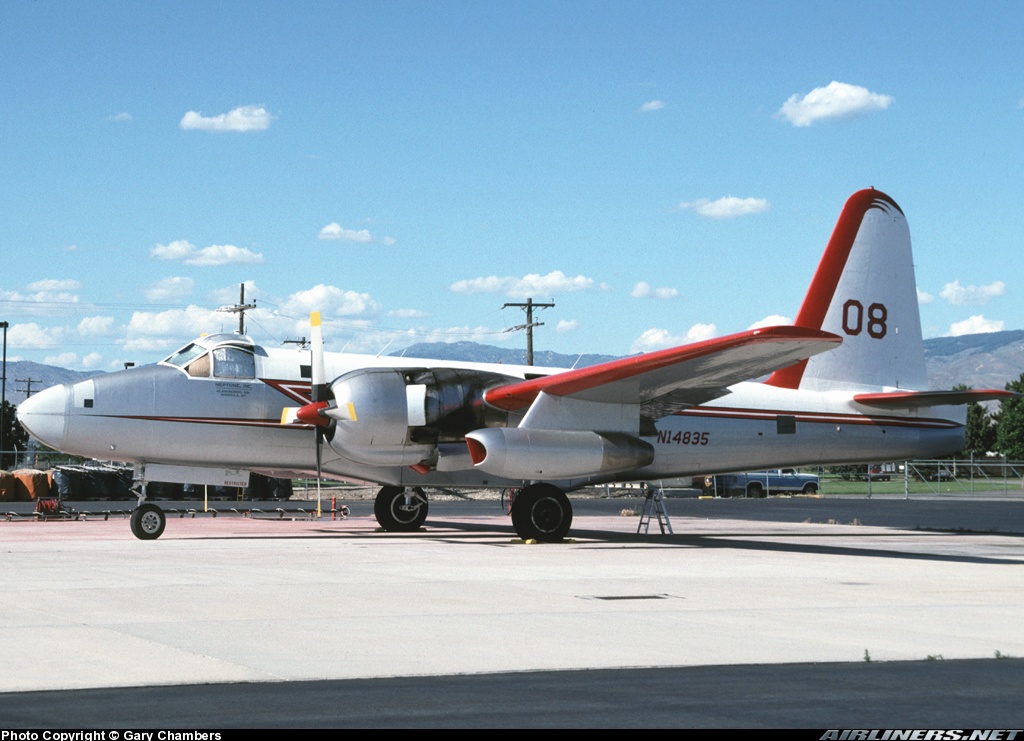
Crash of a Lockheed P-2V Neptune near Missoula: 2 killed
Date & Time:
Jul 29, 1994 at 1600 LT
Registration:
N918AP
Survivors:
No
Schedule:
Missoula - Missoula
MSN:
726-7186
YOM:
1958
Flight number:
Tanker 04
Crew on board:
2
Crew fatalities:
Pax on board:
0
Pax fatalities:
Other fatalities:
Total fatalities:
2
Circumstances:
The aircraft departed Missoula on a fire fighting mission under callsign Tanker 04. The crew apparently became fixated on the malfunction of the retardant-release doors and did not realize the tanker was entering a narrow box canyon when it struck the slope of Mt Squaw located about 20 miles northwest of Missoula Airport. The aircraft was destroyed and both pilots were killed.
